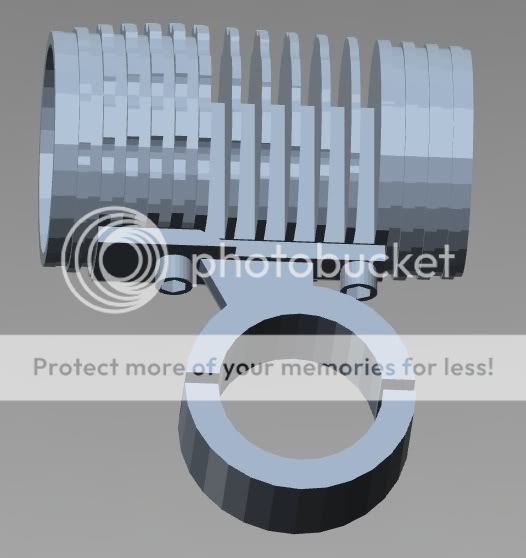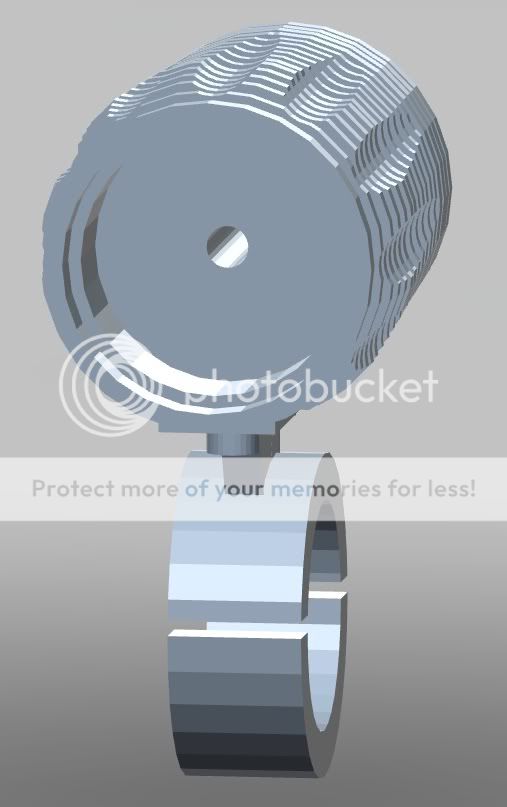Hi, I've been around this forum for 2 years or so. I have not posted much
but learned A LOT!!lovecpf, and decided it's time to mod/build me me a light. I would like to use some Cree XM-L LED(s) but I am lost when it comes to heat sinks.:thinking: What is the heat buildup like on these emitters when driven at say 3Amps and/or less Amps? and what size heat sink would I need for a single and/or triple applications when driver at full Amps?
I have done many searches on the forum but I don't always have the time to properly read through all the threads. If there's any threads or links that can help regarding heat sinks and LED heat build up it would be much appreciated!!
Many thanx in advance:thanks:
Eddie
but learned A LOT!!lovecpf, and decided it's time to mod/build me me a light. I would like to use some Cree XM-L LED(s) but I am lost when it comes to heat sinks.:thinking: What is the heat buildup like on these emitters when driven at say 3Amps and/or less Amps? and what size heat sink would I need for a single and/or triple applications when driver at full Amps?
I have done many searches on the forum but I don't always have the time to properly read through all the threads. If there's any threads or links that can help regarding heat sinks and LED heat build up it would be much appreciated!!
Many thanx in advance:thanks:
Eddie














